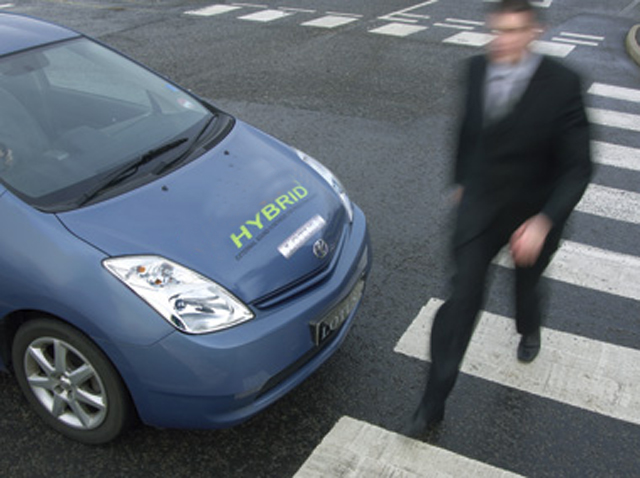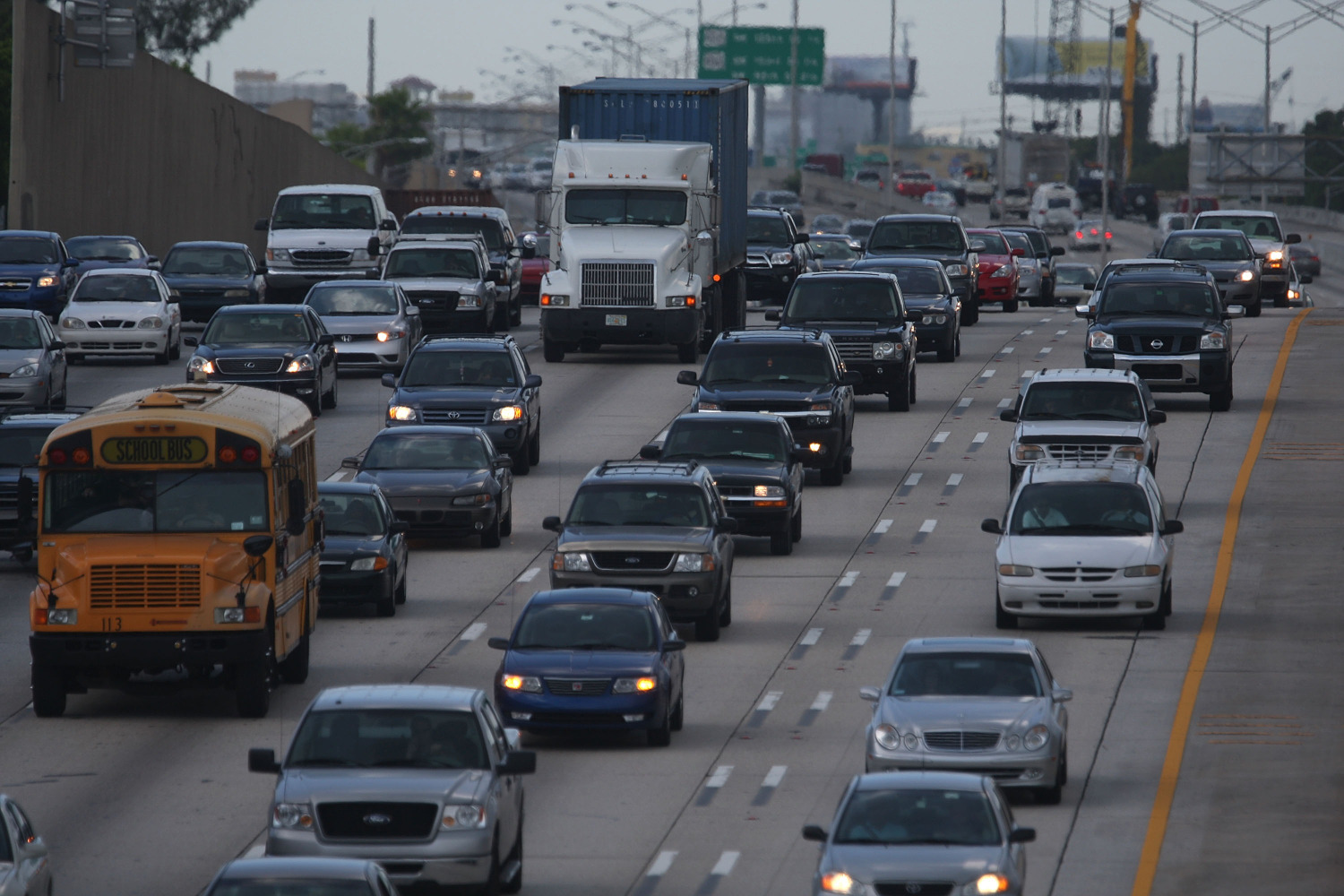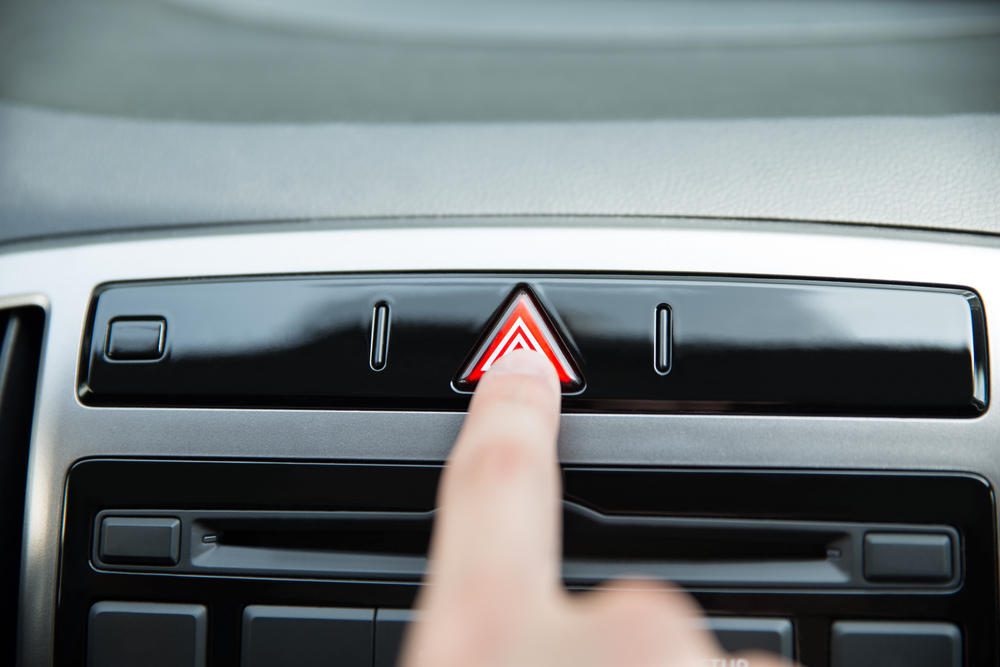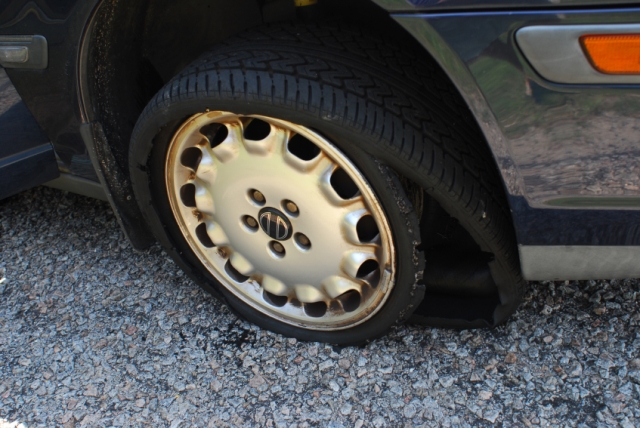Even the most experienced and talented drivers are not immune to all kinds of driving accidents and emergencies, and only your knowledge, practice and driving experience can help you overcome these obstacles and safely travel in your beloved car. Of course, you can’t get practice and driving experience from an article online, but if you’ve come here looking for knowledge, stick around to find out the way to get out of 5 driving emergencies with zero negative consequences.
1. Small cars and “invisible” pedestrians
How often have you been in a situation where tiny cars and pedestrians seem to come out of nowhere and end directly in front of you car? In a situation like this one it’s easy to get frustrated, panic, and press the wrong buttons or make a wrong turn, which can result in you crashing into another vehicle or riding into the sidewalk.
In case you’re driving and suddenly spot a pedestrian or other car right near you, remember these three steps: Brake, Look, Turn. First hit the brakes, then quickly look at the road to decide where you want to turn, and then make the turn. This is especially important for times when you’re crossing an intersection, which is a notoriously dangerous place for all drivers.
2. Running off the road
According to statistics, a large part of road accidents are single-vehicle crashes, and out of these crashes another large part happens when a driver loses control of the vehicle, two front wheels of the car run off the pavement, and in an attempt to correct the position of the vehicle the driver actually makes it worse, which, in the worst case scenario, results in a nosedive into the ground.
If this situation happens to you, release the accelerator and let your car slow down and stop naturally while keeping the steering wheel straight. Then slowly and smoothly steer your vehicle back on the road. Don’t put too much pressure on the brakes; however, if your car has ABS, you can use them.
3. Sudden accident
Road accidents happen to the best drivers, so there is virtually no way to avoid them completely, but there is a big difference between being an accident victim, an accident starter, and an accident participant. Your job is to avoid starting an accident and being a victim. To achieve this you need to think one step ahead and look as far as you can to spot any unusual movement. For example, if there are a couple of cars driving 10 meters from you, and suddenly their brake lights activate, you know that something is going on in front of you and it’s best to slow down.
4. Panic stop
There are many situations where you need to stop completely in the shortest period of time. If the road is blocked, you simply will not able to go further, so it’s best to learn an emergency stopping technique. If your car is equipped with antilock brakes, all you have to do is press the pedal as hard and low as you can and steer, if necessary. Without ABS emergency stops might be a little trickier, but they are still possible. If you want to be absolutely ready for an eventual panic stop, go out and practice in your car – it’s the best way to make sure you are truly prepared for any accident.
5. Tire blowout
If your tire betrays you at a wrong moment, you risk doing what most diligent drivers do in this situation: quickly slowing down and moving off the road. However, if the problem is in your rear tire, trying to steer the vehicle at a high speed will likely lead to a spin, which, in turn, usually leads to a very serious accident. What you should do in case of a tire blowout is to keep pressing the accelerator for a few moments straight down your lane, and then slowly release the accelerator, letting the car stop on its own. To avoid future accidents make sure your tires are always sufficiently inflated and are not completely worn out.















